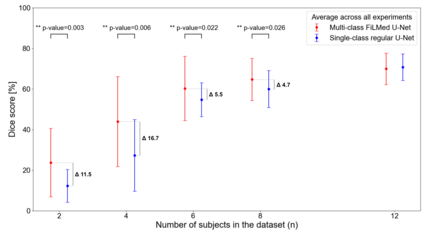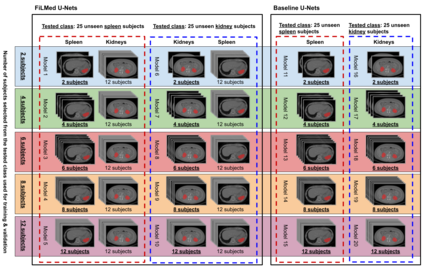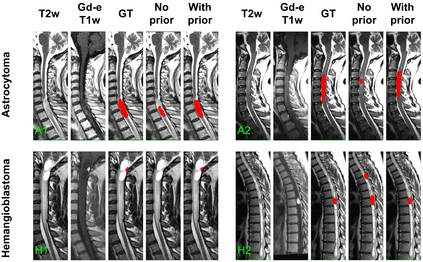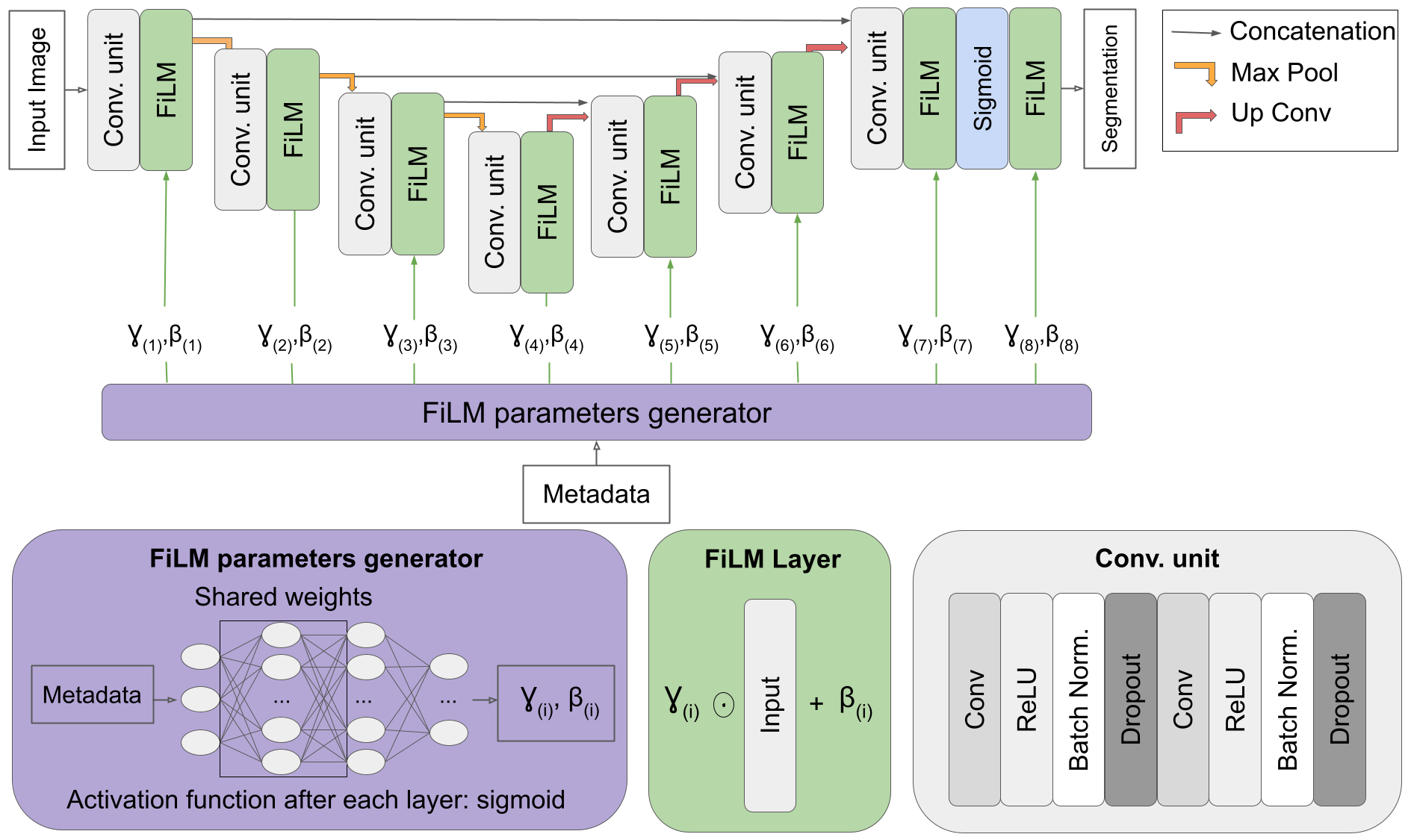Medical images are often accompanied by metadata describing the image (vendor, acquisition parameters) and the patient (disease type or severity, demographics, genomics). This metadata is usually disregarded by image segmentation methods. In this work, we adapt a linear conditioning method called FiLM (Feature-wise Linear Modulation) for image segmentation tasks. This FiLM adaptation enables integrating metadata into segmentation models for better performance. We observed an average Dice score increase of 5.1% on spinal cord tumor segmentation when incorporating the tumor type with FiLM. The metadata modulates the segmentation process through low-cost affine transformations applied on feature maps which can be included in any neural network's architecture. Additionally, we assess the relevance of segmentation FiLM layers for tackling common challenges in medical imaging: multi-class training with missing segmentations, model adaptation to multiple tasks, and training with a limited or unbalanced number of annotated data. Our results demonstrated the following benefits of FiLM for segmentation: FiLMed U-Net was robust to missing labels and reached higher Dice scores with few labels (up to 16.7%) compared to single-task U-Net. The code is open-source and available at www.ivadomed.org.
翻译:医学图像往往伴有描述图像( 植物、 获取参数) 和病人( 疾病类型或严重程度、 人口、 基因组学) 的元数据。 这种元数据通常被图像分割方法忽略。 在这项工作中, 我们调整了一种叫做 FILM (FILM (Feature- Wise Linear Moddulation) 的线性调节方法, 用于图像分割任务。 这种FILM 的适应使元数据能够将元数据整合到分解模型中, 以便提高性能。 在将肿瘤类型与FILM 结合时, 我们观察到脊髓肿瘤分解的平均Dice分数增加了5.1%。 元数据通过在任何神经网络结构中应用的低成本的偏差变形图图,来调节分过程。 此外, 我们评估了分解FILMed UNet(FILMed UNet) 调节出缺失的标签, 达到更高Dice 的分数, 和 www- discodaldal 16。









